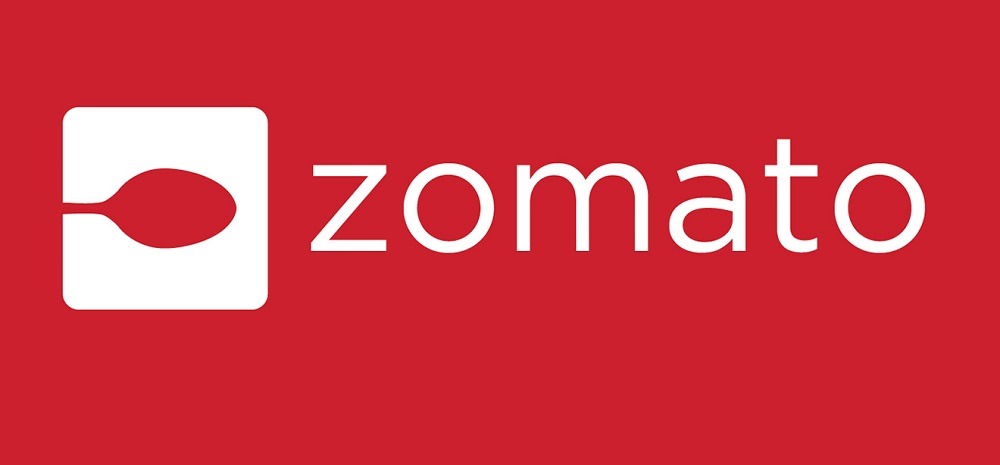In a latest development, Zomato, the online food and grocery delivery platform has gone live as a third-party payments application provider for the Unified Payments Interface (UPI) for some of its users.

How Did This Happen?
It appears that this Gurgaon-based company has partnered with ICICI Bank for the service.
Further, it will allow users to make merchant payments as well as peer-to-peer payments.
In the meantime the e-commerce major, Flipkart has also started working on its own UPI offering, sources said.
How Does This Help?
For both the companies, the move is aimed at servicing consumers better through their own UPI offerings.
Last year, media reported that both Zomato and Swiggy were planning to join the UPI bandwagon with their own offerings for digital payments on the network.
This also seems to be a part of the broader attempt by the National Payments Corporation of India (NPCI), which manages the UPI network, to bring large consumer internet companies to the network to reduce dependency on Walmart-owned PhonePe and Google’s Gpay, which are currently the leaders in terms of UPI transaction market share.
Besides this NPCI had also proposed a cap on the market share of payment volumes for third-party apps.
This aims to break the hegemony of PhonePe and GPay, which together hold over 80% market share.
Moving ahead, it had proposed a 30% cap on market share, which is planned to be implemented from December 31, 2022 appears to be deferred by two years.
A spokesperson for Zomato said, “Zomato has a large set of customers that frequently use UPI to make payments for their food orders. We are providing a facility (as a technology partner to ICICI) for customers to create a UPI ID on the Zomato app so that they can make payments seamlessly (without the need to switch apps). There are no plans to tie up with more banks in the near future,”.
Giving An In-house Boost
The move to offer their own UPI service For both Flipkart and Zomato stems from the large user base that these companies serve.
Entering the UPI space would give platforms access to consumer data for one of the most popular payment options, sector experts noted.
Further adding, “Payments is an area that generates large amounts of data that tells how the consumer spends, at what frequency, under what conditions. With UPI, and its increasing use-cases, it makes more and more sense for companies with a large user base to not depend on other gateways. Once UPI for credit cards truly takes off, it could prove more useful with data of customers with generally higher ticket sizes becoming available.”













